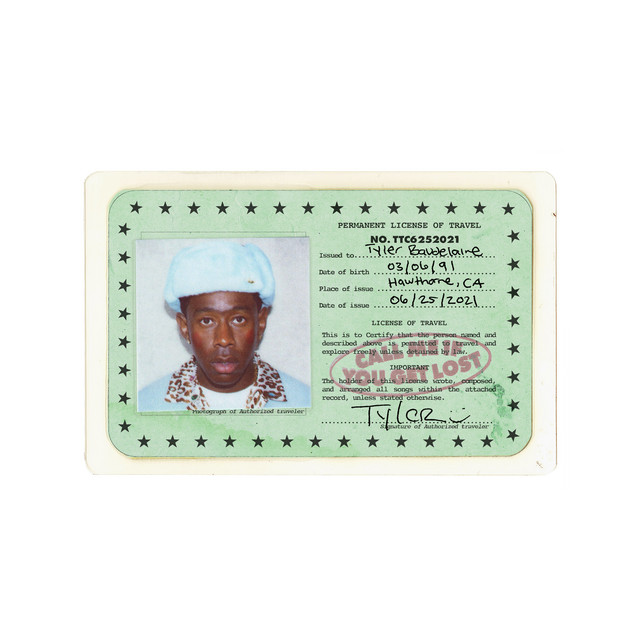A luxurious lesbian romance set in mid-century Manhattan, “Carol” tells the story of an affair between a young girl working in a department store, Therese (Mara Rooney), and an older wealthy housewife going through a messy divorce, Carol (Cate Blanchett). Adapted from Patricia Highsmith’s novel, “The Price of Salt,” “Carol” is a rich and satisfying film.

In the doll section of a department store, Carol and Therese first meet and experience an instant connection, and their relationship unfolds from there. Meanwhile, Carol is going through a difficult divorce with her husband, Harge (Kyle Chandler), who has petitioned to have sole custody of their daughter, invoking a morality clause against Carol. In an attempt to get away, Carol decides to drive West, and invites Therese along with her.
The movie is full of drama, from the taboo nature of same-sex love in that era, to hard-fought negotiations about child custody, but that is not the most important part of the film―the relationship between Carol and Therese is. It often seems as though nothing much happens because the romance between Carol and Therese is slow-paced, though their lives outside their relationship change drastically within a short while as the two change jobs and living situations. Yet, the film never seems boring; rather, it is utterly entrancing. The movie was never about the drama or the events, but rather about the characters of Carol and Therese. Many of the subplots introduced are dull and forgettable. The best and most memorable scenes of the film are not tense moments and negotiations, but when Carol and Therese are on the road, driving through empty stretches of the country. Words are few and far between, as the superb and haunting score from Carter Burwell takes center stage.
The two characters, though completely absorbed with each other, could not be more different. Therese, a young aspiring photographer, is full of life. She is shown
developing her own film, going to parties and bars with friends, getting a job at the New York Times, even painting her own house. Therese seems ordinary, busy, but most of all, young. Carol, on the other hand, is more of an idea of a person, rather than a person at all. Wrapped in a mink coat, she oozes luxury and seems to be suspended in time. Perhaps some of this depiction comes from Therese’s apparent idolization and near-obsession with her. Indeed, Carol seems more real and more flawed when Therese is not in the frame. Carol only shows a wider range of emotion when she is talking to her best friend Abby, (Sarah Paulsen), or spending time with her daughter versus spending time with Therese. The two perceptions of Carol only make her character more complex. Viewers become more attached to Carol as they see her both as Therese does, and also as a person going through an intensely tumultuous time in her life.
“We’re not ugly people,” Carol says to her husband, Harge, and it is true. Nothing in the film is ugly. Everything, every miniscule detail, has been washed over with a veil of beauty, which contributes to much of the movie’s strength. The movie is very well put together, every aspect working cohesively, from the flawless cinematography by Edward Lachman that films through rainy car windows to the muted colors of the ‘50s set. Each frame is as expertly composed as Therese’s photography, a piece of art in itself.
Blanchett and Rooney were both nominated for Golden Globes for Best Actress in a Drama, and Blanchett was also deservedly nominated for an Oscar. The film is nicely enhanced with strong performances from both of the leading ladies, though many of the meager subplots and other actors remain an afterthought that add little to the story.


















